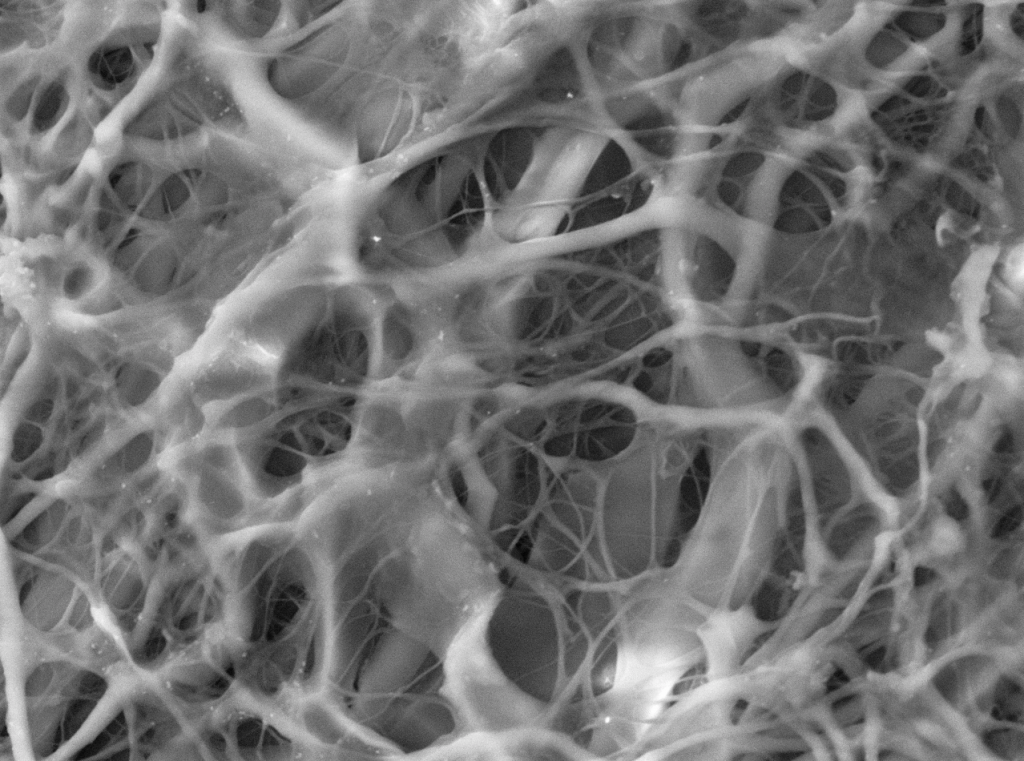1. G. S. Schultz, J. M. Davidson, R. S. Kirsner, P. Bornstein and I. M. Herman: Dynamic reciprocity in the wound microenvironment. Wound Repair Regen, 19(2), 134-48 (2011) doi:10.1111/j.1524-475X.2011.00673.x. 2. S. Lun, S. M. Irvine, K. D. Johnson, N. J. Fisher, E. W. Floden, L. Negron, S. G. Dempsey, R. J. McLaughlin, M. Vasudevamurthy, B. R. Ward and B. C. May: A functional extracellular matrix biomaterial derived from ovine forestomach. Biomaterials, 31(16), 4517-29 (2010) doi:10.1016/j.biomaterials.2010.02.025.3. S. M. Irvine, J. Cayzer, E. M. Todd, S. Lun, E. W. Floden, L. Negron, J. N. Fisher, S. G. Dempsey, A. Alexander, M. C. Hill, A. O’Rouke, S. P. Gunningham, C. Knight, P. F. Davis, B. R. Ward and B. C. H. May: Quantification of in vitro and in vivo angiogenesis stimulated by ovine forestomach matrix biomaterial. Biomaterials, 32(27), 6351-61 (2011) doi:10.1016/j.biomaterials.2011.05.040. 4. K. H. Sizeland, H. C. Wells, S. J. R. Kelly, K. E. Nesdale, B. C. H. May, S. G. Dempsey, C. H. Miller, N. Kirby, A. Hawley, S. Mudie, T. Ryan, D. Cookson and R. G. Haverkamp: Collagen Fibril Response to Strain in Scaffolds from Ovine Forestomach for Tissue Engineering. ACS Biomater. Sci. Eng., 3(10), 2550–2558 (2017). 5. S. G. Dempsey, C. H. Miller, R. C. Hill, K. C. Hansen and B. C. H. May: Functional Insights from the Proteomic Inventory of Ovine Forestomach Matrix. J Proteome Res, 18(4), 1657-1668 (2019) doi:10.1021/acs.jproteome.8b00908. 6. S. G. Dempsey, C. H. Miller, J. Schueler, R. W. F. Veale, D. J. Day and B. C. H. May: A novel chemotactic factor derived from the extracellular matrix protein decorin recruits mesenchymal stromal cells in vitro and in vivo. PLoS One, 15(7), e0235784 (2020) doi:10.1371/journal.pone.0235784. 7. Data on file. 8. N. S. Greaves, S. A. Lqbal, J. Morris, B. Benatar, T. Alonso-Rasgado, M. Baguneid and A. Bayat: Acute cutaneous wounds treated with human decellularised dermis show enhanced angiogenesis during healing. PLoS One, 10(1), e0113209 (2015) doi:10.1371/journal.pone.0113209. 9. L. M. Delgado, Y. Bayon, A. Pandit and D. I. Zeugolis: To cross-link or not to cross-link? Cross-linking associated foreign body response of collagen-based devices. Tissue Eng Part B Rev, 21(3), 298-313 (2015) doi:10.1089/ten.TEB.2014.0290.




